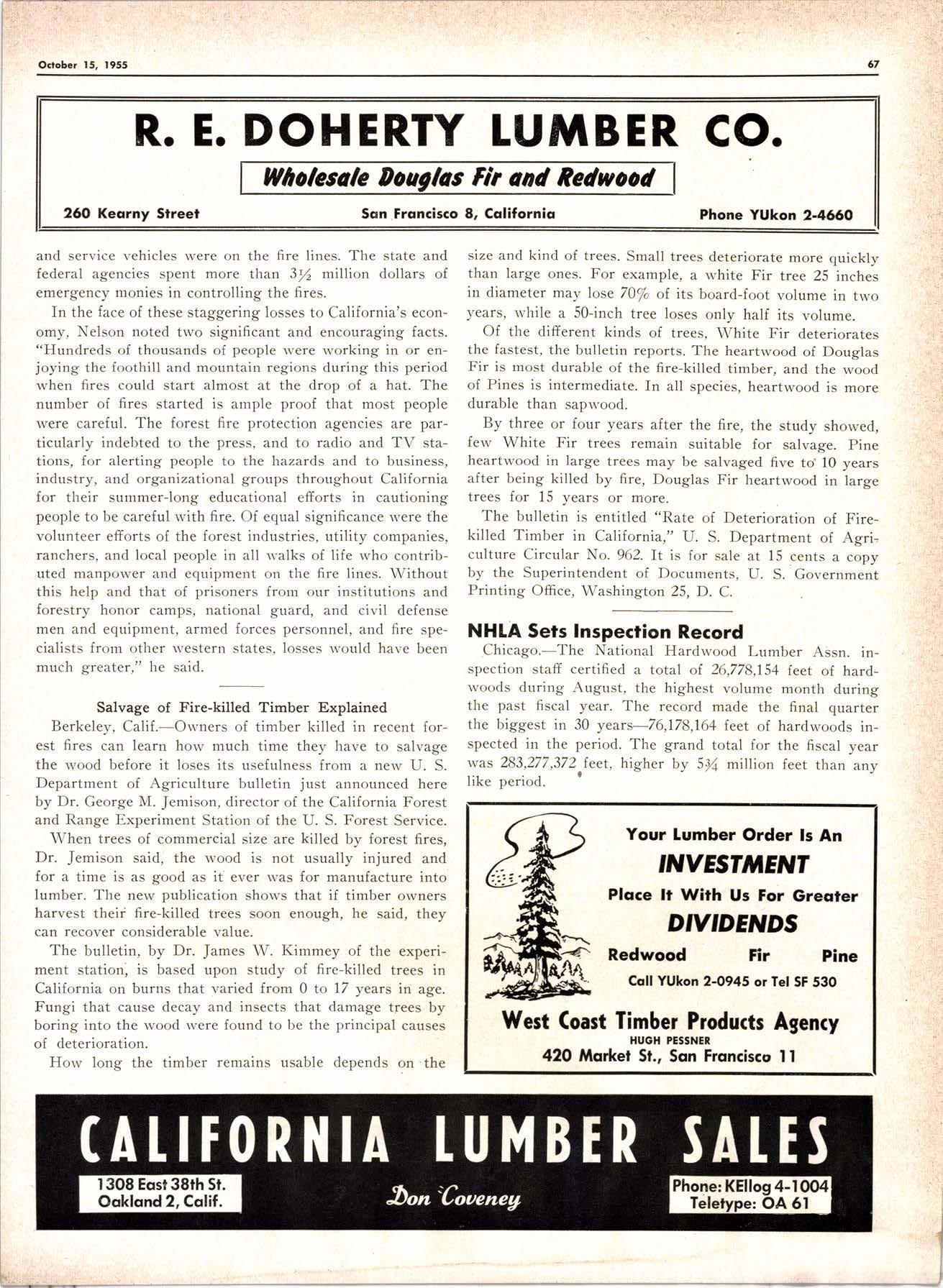
1 minute read
Point Decrlers Not Bqshful in Answering Gluestions
In early September, a new approach to researching the paint industry was made throughout the West Coast area, when the Crosby Research Institute sent a questionnaire to nearly 7,Offi paint dealers, in order to learn their likes and dislikes in the pricing, merchandising and - sales policies of paint manufacturers.
Frankly informing the paint dealers that the Crosby organization was researching the paint marketing field, a letter signed by Bing Crosby requested dealers to answer a rather intensrve questionnaire, and return it to his headquarters in Hollyr'vood. Dealers proved more than cooperative in answering the questions frankly and openly.
Most severe of all complaints were the several hundred dealers who specifically object to present-day competitive practices. A lumber dealer in Redding, California, stated: "The paint business locally is shot because of too many dealers-there are paint stocks in grocery stores, hardware stores, lumberyards and even in some drug stores."
A hardware store in Pilot Rock, Oregon, lvrote: "Too many manufacturing companies are trying to rvholesale and retail both, instead of il'orking through the dealer who advertises and promotes his material." A paint store owner in San Diego reported : "Tl-ris is the first time anyone asked
Crosby Reseorch Inslitute Gets rhe $64,0,0() Answer on Disrribution, Soles Policy
us'rvhat we need or want, instead of telling us rvhat we can have."
A hardrvare dealer in Kent, Washington, ,complains, "Manufacturers load up your stock and then change colors rvithout previous notice." A lumberyard in Downey, Idaho, objects to "continual change of colors, creating dead stock on the shelves of a retail store."
Another lumber dealer, in LaGrande, Oregon, rvrote: "Manufacturers are selling direct to paint contractors and even individual painters at prices equal to and at times lower than the dealer's price-when the dealer is the only one carrying stock before the public."
Color Systems for Interior Color Paints:. 2/o use an intermix system, 20% have ready mixed colors, and 78/o use the tube system; the average nurnber of colors dealers felt necessary was 87, and 99/o of the replying dealers have a paint shaker.
Type of Interior Wall Paints Required by Customers: First choice, alkyd flat enamel, 42/o;latex emulsion,33/o; rubberized oil based, 72/o, and regular oil based, 8/o. For second choice, alkyd flat enamel, 36/o; latex emulsion, 35/o ; regular oil based, 16 iIo , and rubberized orl based, I3/o.
Type of Interior Stucco or Masonry Paints Customers










